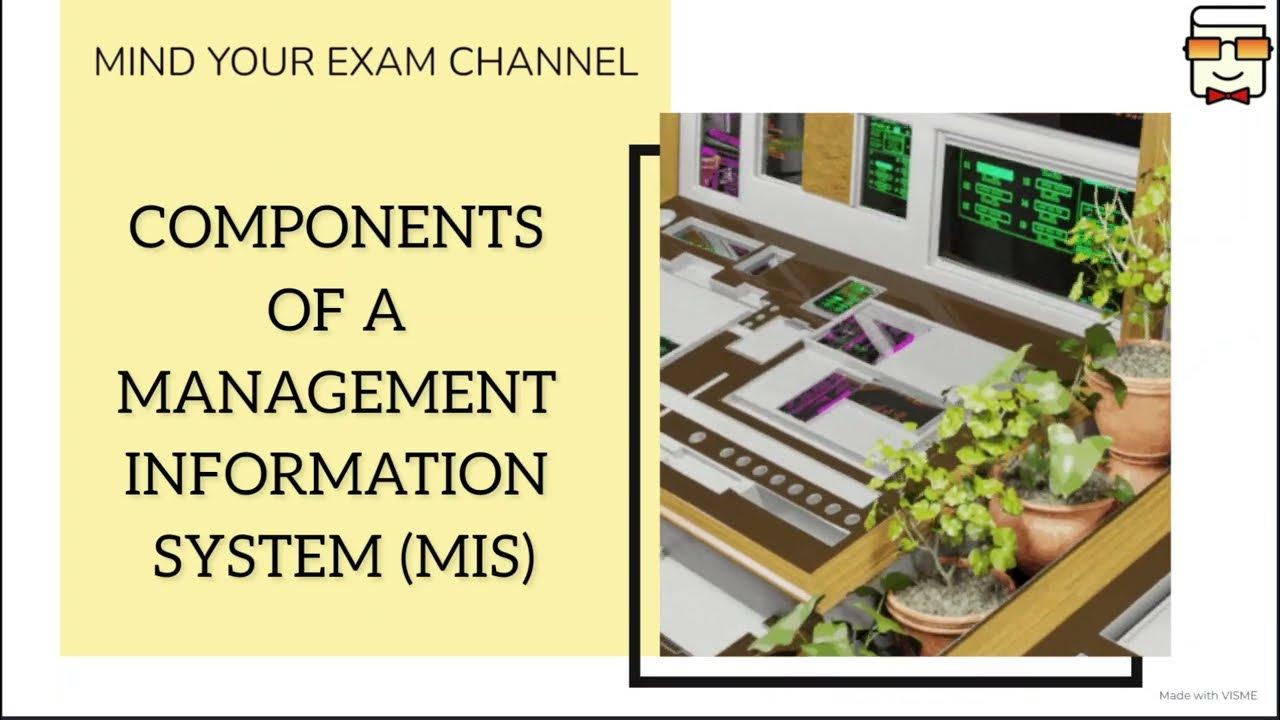M1-Viena-Study Kasus Aplikasi SIM Terhadap Rumah Makan Berbasis Online
Summary
TLDRThe video presents a case study on implementing a mobile-based Management Information System (MIS) for a restaurant. The system integrates mobile applications for ordering, desktop software for kitchen and cashier operations, and real-time inventory management. Waitstaff can instantly send orders to the kitchen, while cooks receive updates and manage cooking times. Cashiers can automatically calculate bills, and reports on income and stock are generated seamlessly. This system relies on Android, supporting both Google-backed and open distributions, enhancing efficiency and customer satisfaction in the restaurant business.
Takeaways
- 😀 Mobile-based Management Information Systems (MIS) can streamline restaurant operations by automating ordering, stock management, and billing.
- 😀 Traditional restaurant management models often face challenges like long cooking times, customer dissatisfaction, and overwhelmed staff due to high customer volume.
- 😀 The proposed solution integrates a mobile app for waiters, a desktop app for the kitchen, and another desktop app for the cashier to improve communication and efficiency.
- 😀 Real-time inventory tracking is a key feature of the system, allowing staff to check stock availability instantly without needing to confirm with the kitchen.
- 😀 Orders placed by customers via mobile app are automatically transmitted to the kitchen, reducing communication delays and improving service speed.
- 😀 The kitchen staff can receive real-time notifications and track the progress of each order, ensuring food is prepared efficiently.
- 😀 The cashier system automates billing by calculating total charges and generating income and stock reports, reducing human error and manual calculations.
- 😀 The system allows orders to be grouped in the kitchen, helping to optimize cooking time by preparing multiple orders simultaneously.
- 😀 The use of Android OS for the mobile app provides an open and flexible platform for developers, making it suitable for various restaurant types.
- 😀 The entire system operates on a network-based infrastructure, ensuring smooth data transfer and communication between all parts of the restaurant.
- 😀 The system helps improve customer satisfaction by ensuring quicker service, more accurate orders, and real-time order status updates for both staff and customers.
Q & A
What is the main focus of Vienna's presentation?
-The main focus is on the application of Management Information Systems (MIS) in a mobile-based restaurant setting, specifically how mobile and desktop applications can streamline ordering and kitchen processes.
What are some common challenges faced by restaurants in managing food orders?
-Challenges include slow cooking times, customer dissatisfaction with food choices, poor service due to high customer volume, and the difficulty of managing food orders efficiently in different restaurant concepts like fast food or all-you-can-eat.
How can the proposed system improve the order management process in a restaurant?
-The proposed system improves order management by using mobile applications for waiters to send orders directly to the kitchen, real-time stock monitoring, automated billing, and real-time updates on order statuses, which reduce delays and errors in service.
What features are included in the mobile application for waiters?
-The mobile application allows waiters to take orders and send them directly to the kitchen. It also enables waiters to check stock levels without needing confirmation from the kitchen staff.
How does the desktop application for kitchen staff work?
-The desktop application enables kitchen staff to receive customer orders, track the time an order has been waiting, and update the order's status once the food is ready. This helps reduce delays and confusion in the kitchen.
What role does the desktop application play for the cashier?
-The desktop application for the cashier automates the calculation of the total bill, reducing manual errors and speeding up the billing process. It also provides information on which tables have been occupied and their corresponding bills.
How does the proposed system handle inventory management?
-The system offers real-time tracking of food inventory, allowing staff to monitor stock levels and avoid shortages. The inventory data is shared with both kitchen and waiter staff to ensure efficient management.
What advantages does the system provide in terms of cooking efficiency?
-The system groups orders, enabling the kitchen to prepare meals collectively, which helps save cooking time and ensures orders are completed more efficiently, reducing wait times for customers.
What type of Android distribution is used in the system?
-The system uses Android OS, which may either be fully supported by Google (including Google services) or use an open distribution model known as Open Handset Distribution (OHD), which does not have direct Google support.
How does the system handle data communication between the devices and the server?
-Data is communicated between the devices (mobile and desktop) and the server through an ODBC connection. This allows for seamless updates of order statuses and other information in real-time, ensuring smooth coordination between staff and the kitchen.
Outlines

このセクションは有料ユーザー限定です。 アクセスするには、アップグレードをお願いします。
今すぐアップグレードMindmap

このセクションは有料ユーザー限定です。 アクセスするには、アップグレードをお願いします。
今すぐアップグレードKeywords

このセクションは有料ユーザー限定です。 アクセスするには、アップグレードをお願いします。
今すぐアップグレードHighlights

このセクションは有料ユーザー限定です。 アクセスするには、アップグレードをお願いします。
今すぐアップグレードTranscripts

このセクションは有料ユーザー限定です。 アクセスするには、アップグレードをお願いします。
今すぐアップグレード関連動画をさらに表示

240 Sistem Informasi Manajemen Pertemuan 2

Pengertian Sistem Informasi Manajemen (SIM) | Anshar Akil

Attacks on Mobile/Cell Phones | Organisational Security Policies in Mobile Computing Era | AKTU

Management Information System (MIS)| Information System| Data and Information- IT Skills in Business

People Involved in Management Information Systems

Components of MIS | Management Information System (MIS) | Information System | BBA | BCom | MBA | IT
5.0 / 5 (0 votes)
